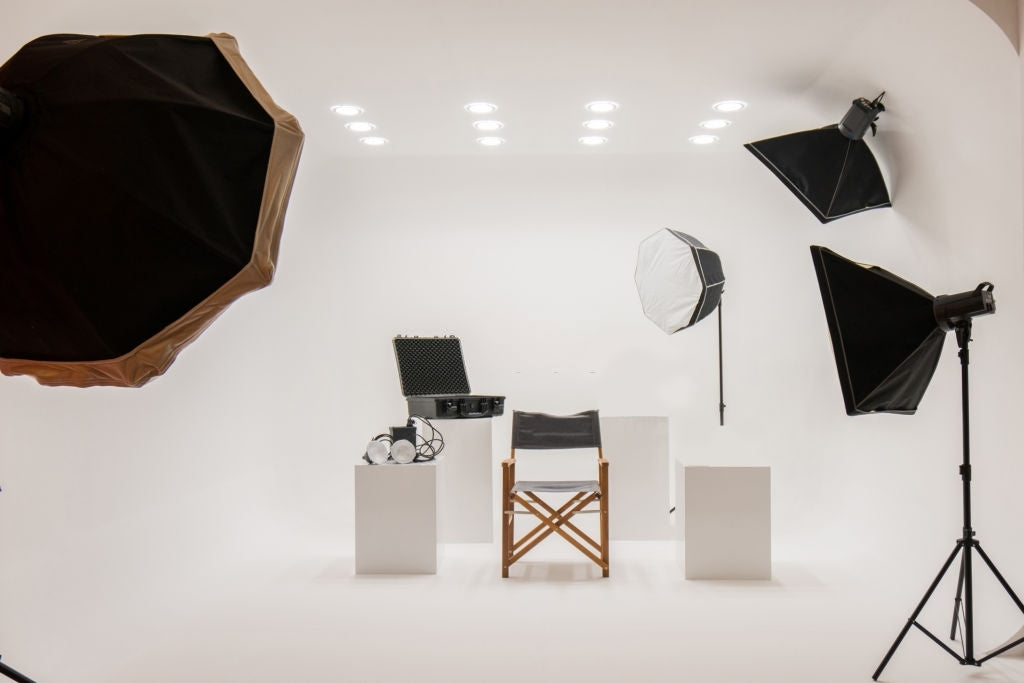What to Know About Lighting in Photography: Shocking Insights!

The Essential Role of Lighting in Photography
When it comes to photography, the way you capture your subject can change drastically depending on the lighting conditions. Understanding what to know about lighting in photography is essential for any professional photographer aiming to elevate their work. Not only does lighting impact the mood and aesthetic of your shots, but it can also influence how your audience perceives the story you are trying to tell.
Moreover, lighting encompasses various elements such as direction, quality, and color. Each of these can radically alter the look and feel of your images, making it crucial to comprehend their implications to harness their power effectively.

Types of Lighting in Photography
1. **Natural Light**: Natural light is often the most available and versatile. It changes throughout the day and can produce stunning effects, particularly during the golden houra period shortly after sunrise and just before sunset. For more insights, check out using natural light.
2. **Artificial Light**: This includes systems like flash, strobes, and continuous lights. These can be used to supplement or completely replace natural light, allowing for greater control over your environment. Explore the differences in lighting devices by looking at this informative resource: best strobe lighting.
3. **Mixed Lighting**: Mixing different light sources, such as combining natural daylight with artificial lighting, can create unique and dynamic results. However, managing this type of lighting requires a good eye and careful adjustments.

The Importance of Lighting Position
The position of your light sources significantly affects the appearance of your subject. For example, lighting from behind can create silhouettes, while lighting from the front tends to flatten your subject. Side lighting can add depth and dimension.
Understanding various lighting angles, such as high angle, low angle, and backlighting, can dramatically enhance the quality of your photographs. For more detailed explanations, please visit axis lighting.

Lighting Quality and Its Effects
The quality of lightingwhether it is soft or hardalso has a profound impact. Soft lighting reduces harsh shadows and creates a gentle appearance, whereas hard lighting creates sharp, dramatic contrasts.
The source of light and its diffusion play critical roles in determining the quality of the light. For product photography, you may want to learn about softboxes, which create soft lighting and reduce shadows significantly. Read more on how to employ this technique in your work by checking out softbox lighting.
Understanding White Balance
Another vital aspect to consider when exploring what to know about lighting in photography is white balance. This refers to the camera's ability to perceive colors as they appear in real life. A proper white balance can ensure that your images reflect accurate colors, making them look more professional.
Adjusting your settings to account for different lighting situations can be complex but important. Many photographers rely on presets for various light sources. However, experimenting with custom settings often leads to the best results.
Investing in Lighting Equipment
For professional photographers, investing in high-quality lighting equipment can make a significant difference in the final product. The type and quality of light can alter how a photo is rendered. A good starting point is to understand how wattage impacts your lighting needs. Check out this valuable guide on wattage for photography.
Tips for Working with Lighting
1. **Experiment**: Never hesitate to try out different settings, angles, and lighting types. Each shoot is unique, and what works wonderfully for one may not work for another.
2. **Study the Light**: Spend time observing how natural light changes in your work environment. Understanding the nuances of how it alters your scenes can elevate your photography substantially.
3. **Control Your Environment**: Using reflectors, diffusers, and flags can help direct and control light. These tools can drastically affect the end results.
Conclusion
Mastering the intricacies of lighting is a fundamental aspect of honing your skills as a professional photographer. Whether you are using natural or artificial sources, understanding the attributes mentioned above will allow you to take your photography to new heights.
Frequently Asked Questions
What is the best time for natural light photography?
The best times are during the golden hour, shortly after sunrise or just before sunset.
How do I diffuse harsh lighting?
You can diffuse harsh lighting using softboxes, umbrellas, or sheer fabrics.
What is histogram in photography?
A histogram represents the tonal values in your image, providing insights into exposure.
As an Amazon Associate, I earn from qualifying purchases.

